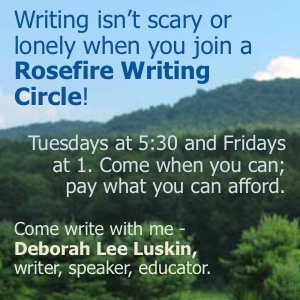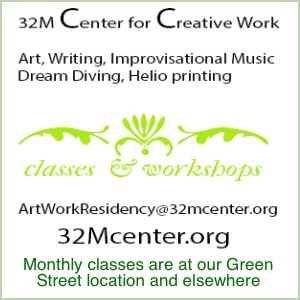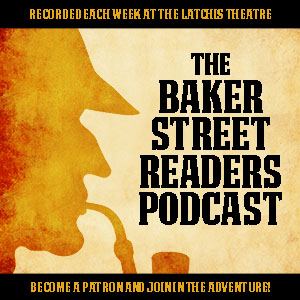Pop songs of all genres have formulas for success. Most radio hits are 3 minutes, have an intro, a verse, a chorus, a verse, a breakdown, and go out with the chorus. Most keep the lyrics simple, and geared toward basic emotions, or thought one might have on a dance floor.
This extends beyond pop rock to pop soul and pop country. This week, we take a look at the creative work of Sir Mashalot, who shows us just how similar the county pop hits of today really are.
He chops and re-arranges six songs — “Sure Be Cool If You Did” by Blake Shelton, “Drunk on You” by Luke Bryan, “Chillin’ It” by Cole Swindell, “Close Your Eyes” by Parmalee, “This is How We Roll” by Florida Georgia Line, and “Ready, Set, Roll” by Chase Rice — showing just how formulaic and similar they are.
Is using a formula creative? Does it diminish our enjoyment of a song? Is it a manipulative ploy to trigger specific receptors?
Let’s see.









Sonic Invention
More than pop music hangs on formula. The very definition of music is sound waves with pattern, as opposed to random vibrations, which make noise. Three chords and the truth. Twelve Bar Blues. Almost all we hear and catalog as musical landscape fits into some kind of formula.
In his book ‘How Music Works’, David Byrne opens with the observation that venue determines the sound. “Creativity works in reverse”- from the outside to the internal, as much as the other way around. He gives examples how small rooms begat chamber music, and large halls brought about the needs for a bigger sound, in the form of orchestras. In the same way the space in CBGBs fueled the need for making music to thrash to and be heard over higher volume hubbub.
Even unruly chromatic music works within a twelve tone formula. So, to answer your questions, I’d say striking balance between fufilling expectations and finding novelty keep music lively. And formula is as much a product of universal form(octaves, intervals, etc) as it is a matter convenience or convention. But as we know, people can be lazy and creatures of habit, so as long as there are toes around to tap, the pendulum will swing both ways.
The Manual
One of my favorite books on music is The Manual (How To Have A Number One The Easy Way) by Lord Rock and Time Boy, aka The KLF, aka The Fall, etc.
Their advice is pretty simple – listen to what’s popular in clubs, rent a studio, pay the studio engineer to come up with a groove, write lyrics that match dance floor emotions, produce your single, promote it, and go to number 1.
They promise to refund your money if you follow all advice and don’t reach number 1. Some advice is simple – make tea and listen to the Top 40 countdown. Other is more complex – go meet with bankers and lawyers.
First though, one must be skinny and on the dole. If you are in band you must quit.
Later they get to song advice: Should we put a bridge in our hit? Here’s their take:
“Don’t even think about them. They are for the more musically mature. If one happens, it will happen in the studio. Your programmer might come up with an idea for one that helps take the song from the bass riff of the verse up into the celebration of the chorus. As always, if it is any good, use it.
Just remember that if somebody else who is directly involved in the making of your record provides you with the chords for a bridge he has every right to expect a cut in the publishing. Not that giving away some of the action should deter you from whatever is going to turn your recording into a Number One.”
They had a number 1 with their Doctor Who tune, and the books is a funny and somewhat useful guide to having a pop hit. Well worth searching out for those planning on going to the top. Using formula.